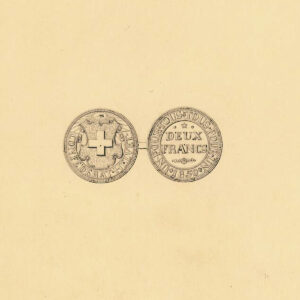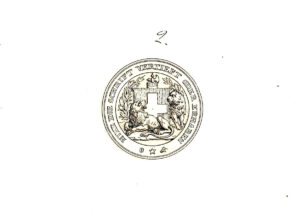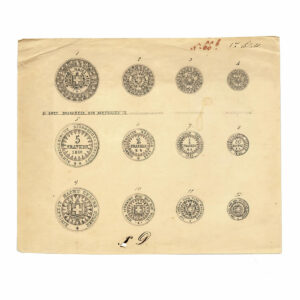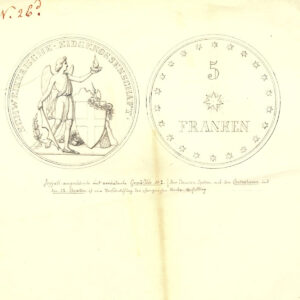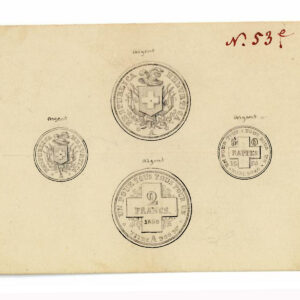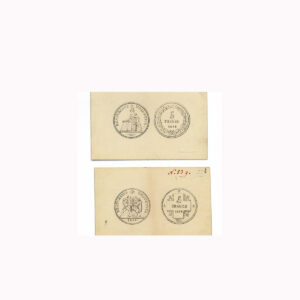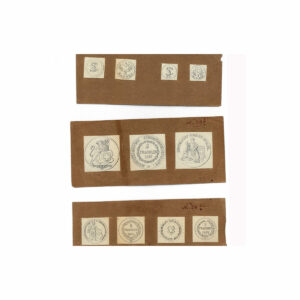
The first Swiss franc
Francs or guilders? In the mid-19th century, this question divided Switzerland. In the end it was the franc, but further dispute erupted over the design of the new national currency.
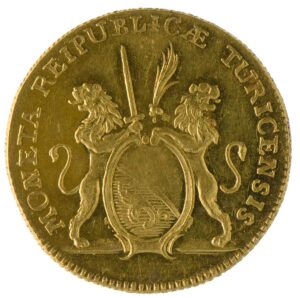
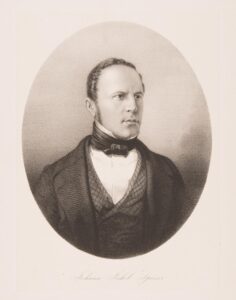

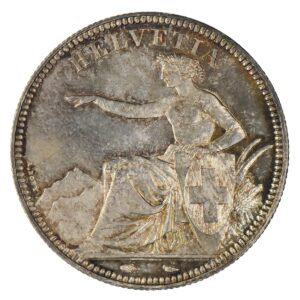
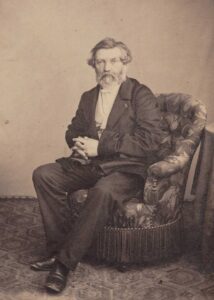
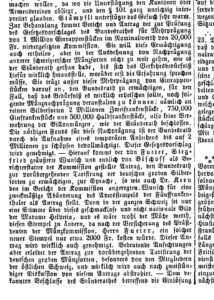
The first time…
There’s always a first time. In this series, we will be looking at historic Swiss firsts. The topics covered are very diverse: from the first zebra crossing to the first ever popular initiative. The articles have been produced in cooperation with the Schweizerisches Bundesarchiv (Swiss Federal Archives).

